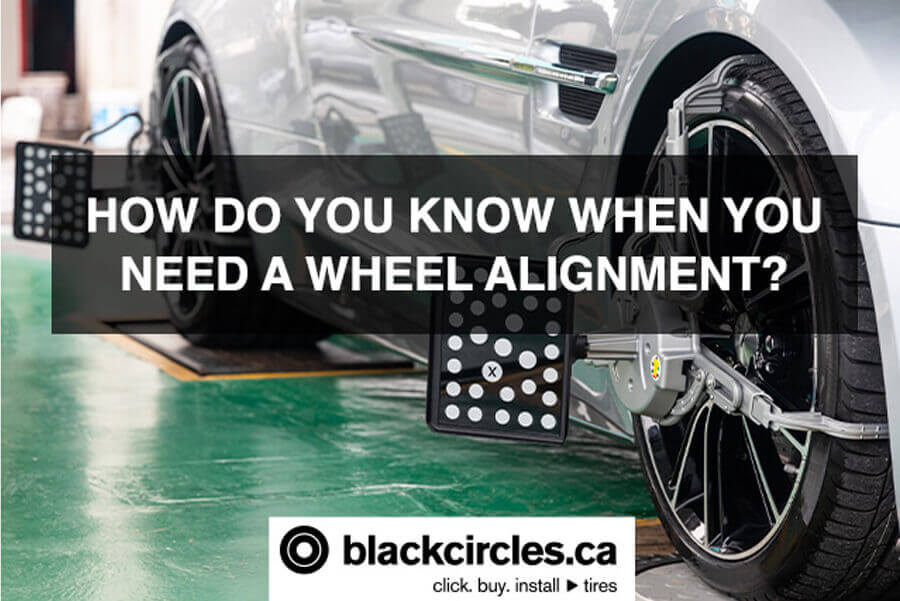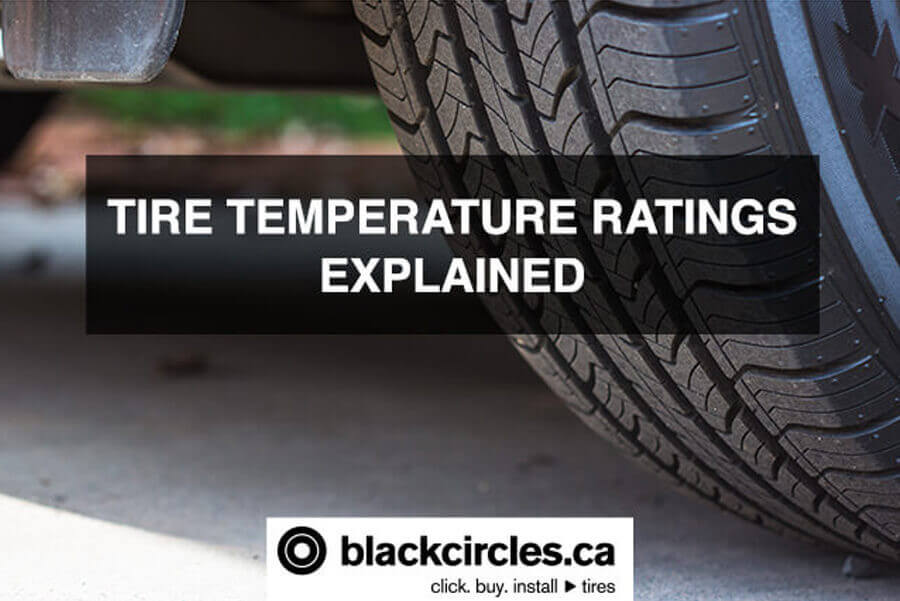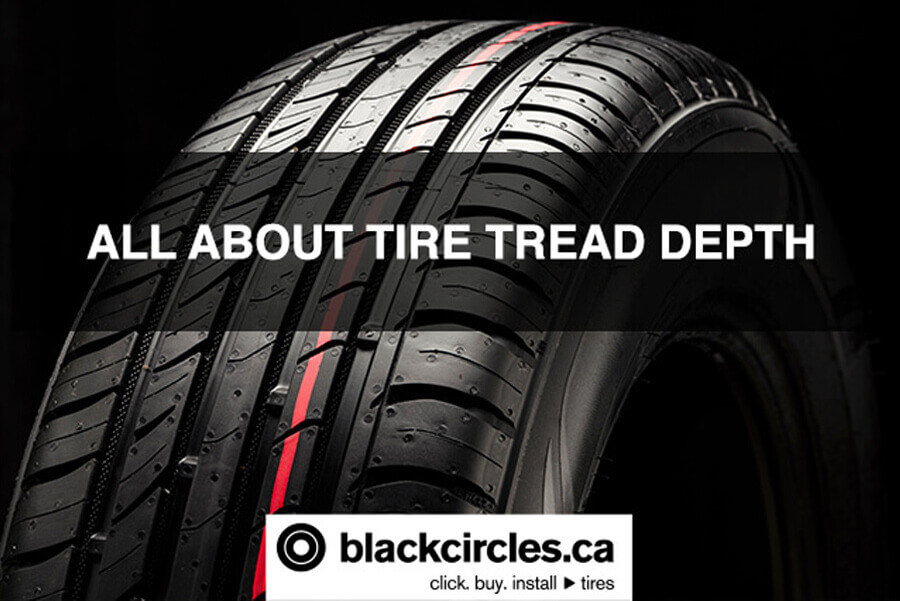So, you are out driving your vehicle and you notice it’s beginning to behave like one of those shopping carts you always seem to choose – with that irritating habit of just slightly pulling to the left or right. If you are holding the steering wheel straight and your car is slowly drifting in one direction or the other, then it might mean your car alignment is off and it’s time for you to schedule an appointment to get that fixed.
How can I tell if my car is out of alignment?
There are some obvious signs of alignment issues, but there are also more subtle symptoms. Below, we list some of the obvious and not-so-obvious bad alignment symptoms that could be affecting your vehicle.
Common symptoms of bad wheel alignment;
- Your car is pulling to the left or right as you drive,
- Your steering wheel looks crooked while you are driving on a straight path,
- Your tires are wearing unevenly,
- Your tires have recently begun squealing or your steering is noisy.

Vehicle is pulling to the left or right
You are driving your vehicle straight, but you feel the car drifting slowly to the left or right. Whether this feeling is obvious or more subtle, if your car is pulling to either side while driving, this is one of the most common symptoms of a bad wheel alignment. Just take a moment when you are driving on a safe straightaway next time and hold your steering wheel very lightly in your hands – as you drive, do you need to make constant small steering corrections to keep the car straight? If you do, then this may mean you need to book a wheel alignment appointment.

There are many reasons why this might be happening, and one of the most common reason is that you may have recently either hit a large pothole with one of your wheels, or perhaps you have driven over a curb – accidentally of course. When this happens, the mechanical infrastructure in your axle (the part that holds your wheels) may have been damaged or readjusted slightly, and this has affected your alignment.
If you commonly drive in areas where there is poor road maintenance, or the roads you use have a number of potholes or even rough asphalt – such as dirt or gravel roads – then you should be checking for signs of bad wheel alignment more regularly. In Canada, the rapid changes in temperature, particularly when winter suddenly turns to spring, can cause major issues in asphalt that result in potholes. And, as good a driver as you are, unexpected potholes can pop up anytime, and if you drive through them, then you may end up with issues with your wheel alignment.
Crooked steering wheel when driving on a straight path
If it is safe to do so, take a look at your steering while you are driving on a straight and even road – you don’t need much acceleration to do this test. Is your steering wheel itself looking crooked? And, when you realign it, does it automatically become crooked again? This is also a sign of alignment issues and means you should make an appointment with your mechanic or dealership to get your wheels aligned.

Uneven Tire Wear
You should do a visual inspection of your tires at least on a monthly basis, if not more frequently. As you examine your tires, does it seem that the left or right tires are wearing unevenly? If not visible to the naked eye, then it’s best to do a proper tire tread inspection (you can use a coin or a tire tread gauge) and get accurate readings. Compare the tread depth of both the left and right tires. Are they even? While minute differences in tread depth should not be a huge cause of concern, obvious differences might mean you have wheel alignment problems.

Squealing Tires or Noisy Steering
Other signs of alignment issues can include squealing tires or noisy steering. If you have noticed that your tires are emitting a squealing sound during regular everyday driving, then this is another bad alignment symptom. As well, if your steering has become noisy and you know your power steering fluid is filled to the proper levels, then this could also be a sign of alignment issues, and mean your vehicle needs a wheel alignment.
Wheel Alignment and New Tires
Generally, when you purchase new tires, when they are installed, the technician will do a wheel alignment as part of the installation process. This is to ensure that your new tires are perfectly balanced and can perform optimally in terms of tread wear and steerability. If you have recently bought new tires, you should ensure that the installation package comes with a wheel alignment.

So, if your current driving experience makes you feel like you are driving a shopping cart more than a car, it may just be time to schedule an appointment for a wheel alignment. Taking care of your tires is important, and regularly checking your wheel alignment, and knowing the signs of alignment issues can help ensure that your tires last a long time, and that your driving experience is optimal. You have likely made a good investment in your tires and aligned wheels will help ensure your investment lasts.







